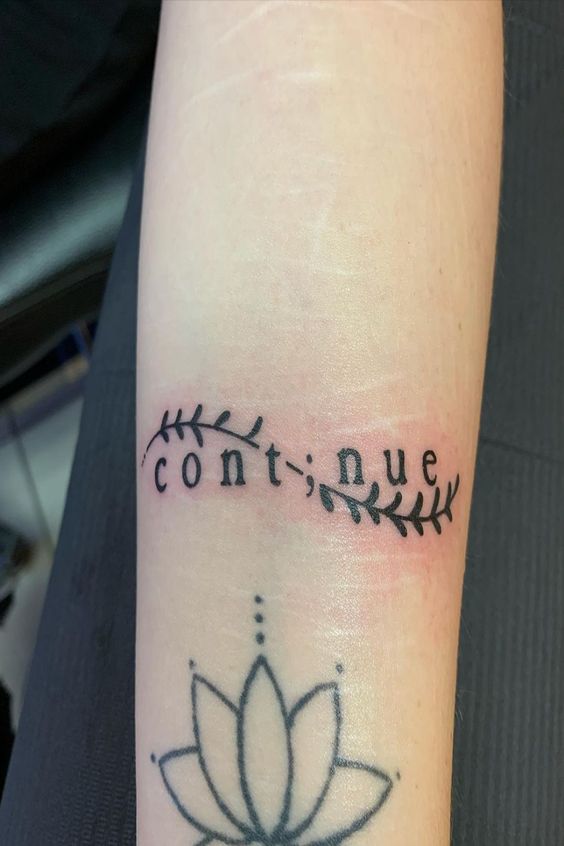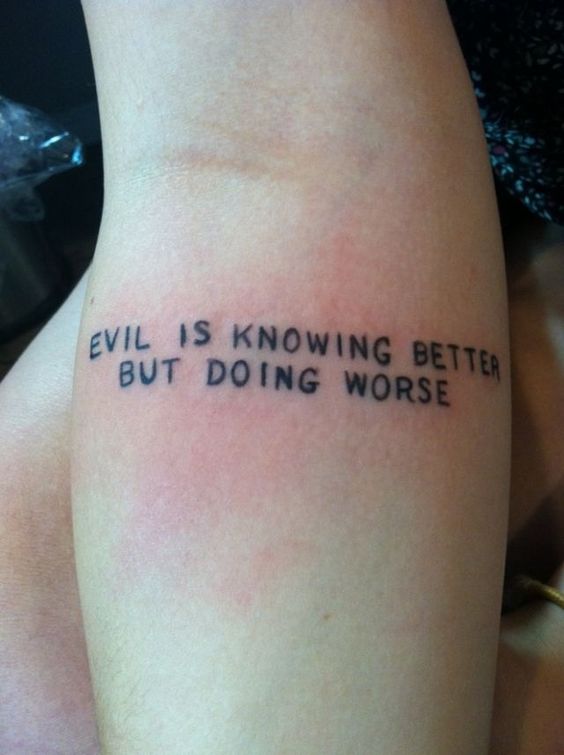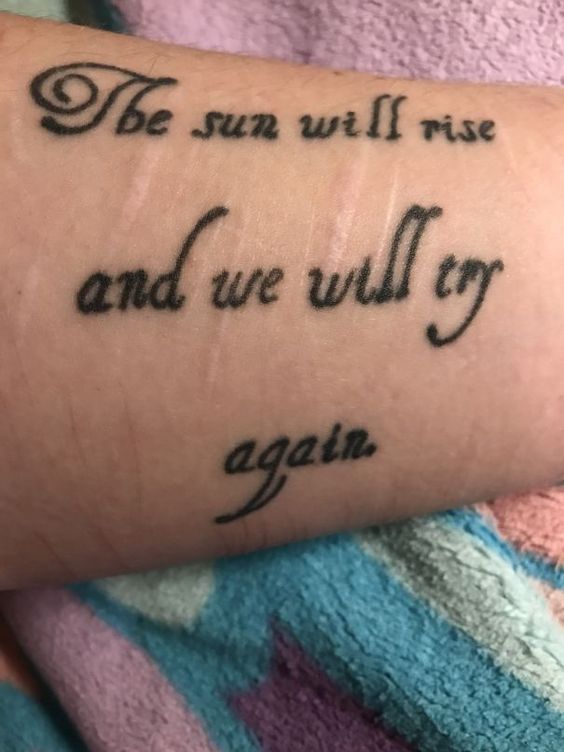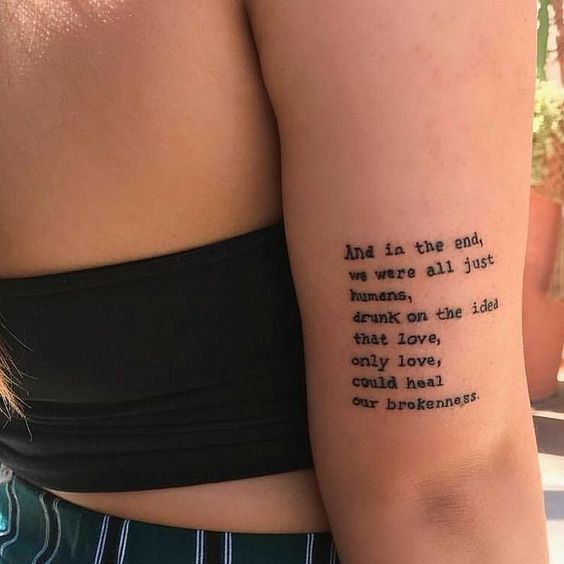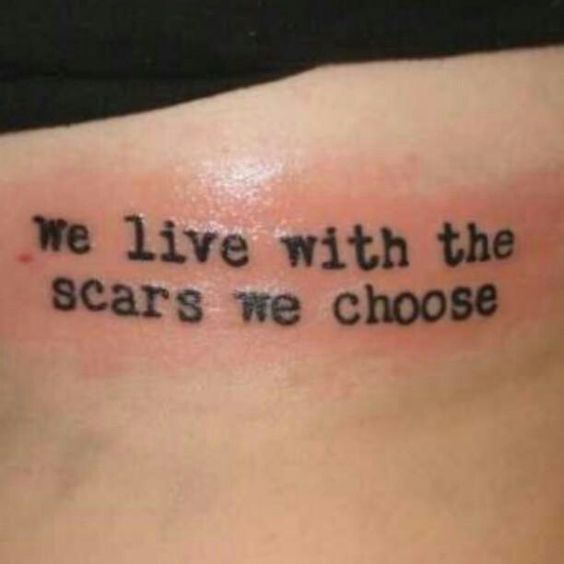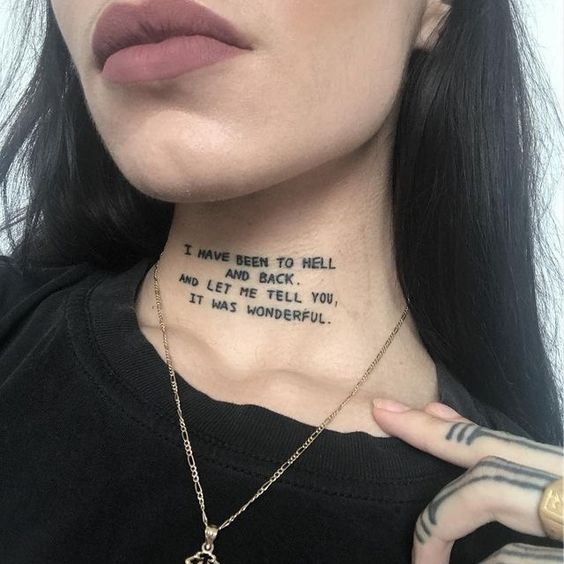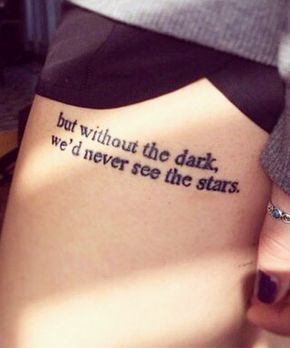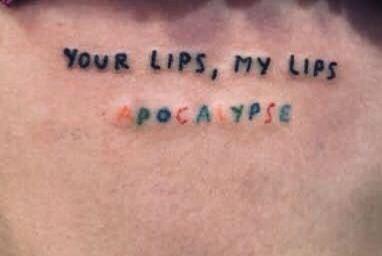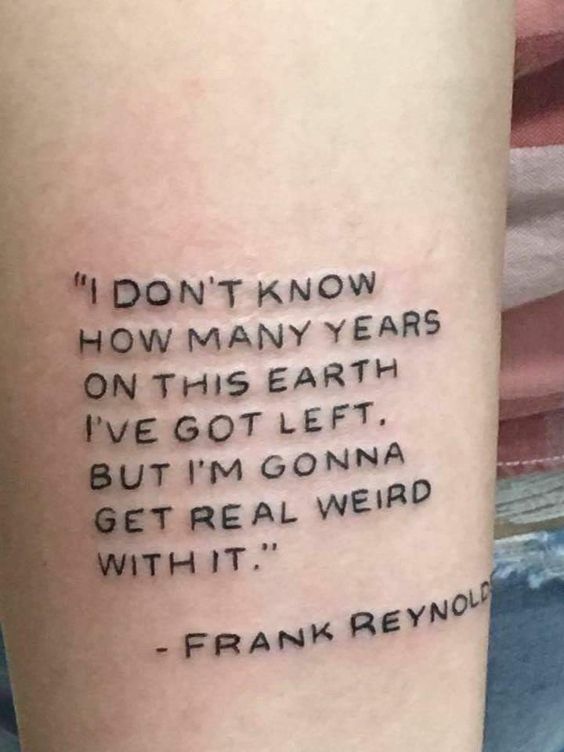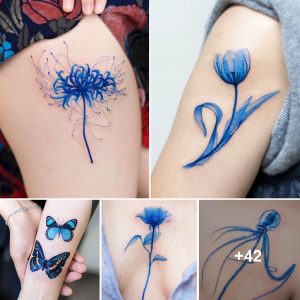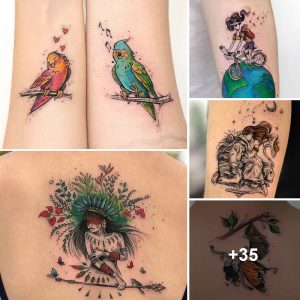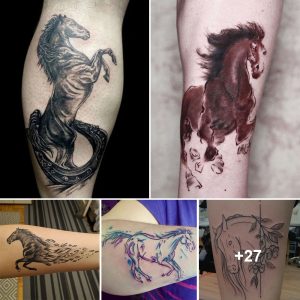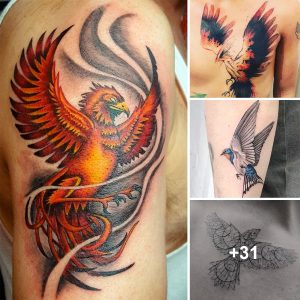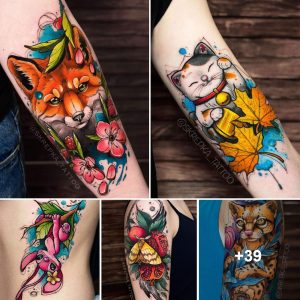Tattooing has evolved into a multifaceted art form, with lettering playing a crucial role in conveying personal messages, sentiments, and expressions. The art of tattoo lettering has become a distinct and revered genre, allowing individuals to wear their stories, beliefs, and aspirations on their skin. This exploration delves into the captivating world of tattoo lettering, where each stroke and curve becomes a testament to the power of words.
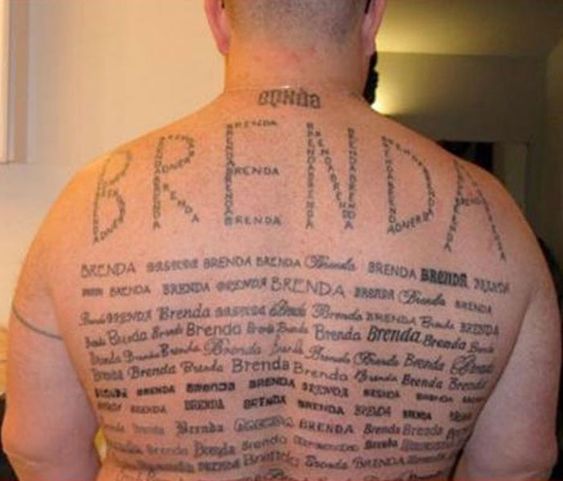

Historical Significance:
The history of lettering in tattoos traces back to the early days of the art form. Sailors, prisoners, and marginalized communities often used tattoos to communicate affiliations, experiences, or personal mottos. Over time, lettering became an integral part of tattooing, evolving into diverse styles that range from Old English and calligraphy to contemporary fonts and scripts.
Expressive Typography:
Tattoo artists have embraced an array of lettering styles, allowing clients to select typography that resonates with their individuality. From elaborate and ornate scripts to minimalist and modern fonts, the possibilities are endless. Each letter becomes a brushstroke on the canvas of the skin, conveying not only words but also emotions, memories, and deeply held beliefs.
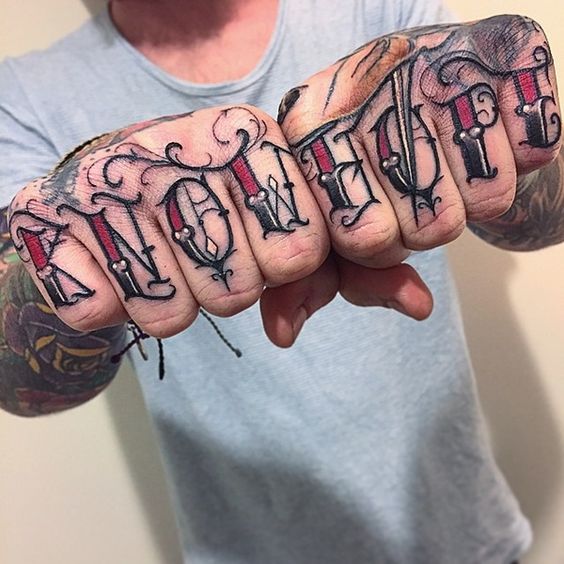
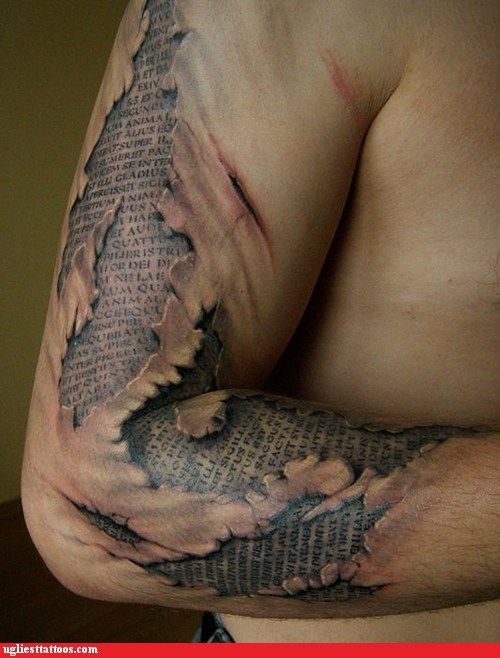
Personal Narratives:
Tattoo lettering serves as a unique form of self-expression, enabling individuals to immortalize names, quotes, or dates that hold profound significance in their lives. It transforms the skin into a personal narrative, where each letter becomes a chapter, telling stories of love, loss, triumph, or resilience. The power of written words etched onto the body creates a lasting connection between the individual and their lived experiences.
Artistic Flourishes:
Beyond the mere transcription of words, tattoo artists infuse creativity and artistry into their lettering designs. Flourishes, embellishments, and decorative elements enhance the visual appeal of the text, transforming it into a work of art. The interplay of positive and negative space, as well as the balance of font size and style, contributes to the overall aesthetic of the tattoo.
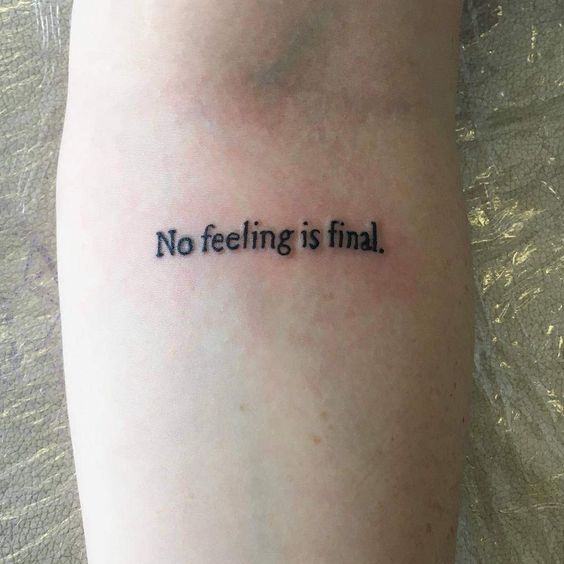
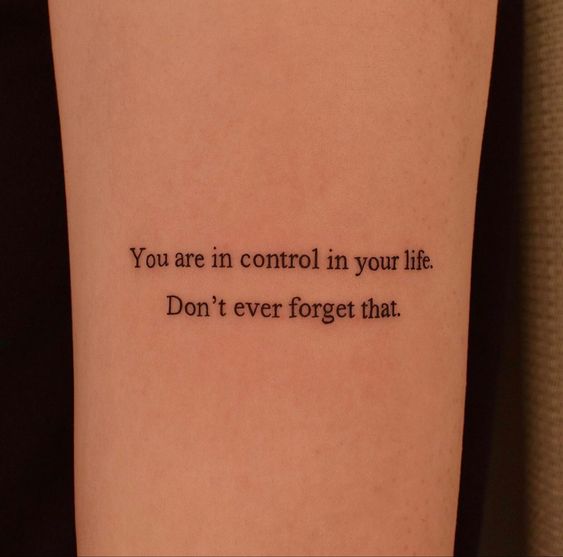
Cultural Influences:
Tattoo lettering is a universal language, transcending cultural and linguistic barriers. Artists draw inspiration from various writing systems, calligraphy traditions, and cultural symbols, creating a diverse tapestry of lettering styles. This cultural fusion adds depth and richness to the art, making each tattoo a reflection of global influences and individual perspectives.
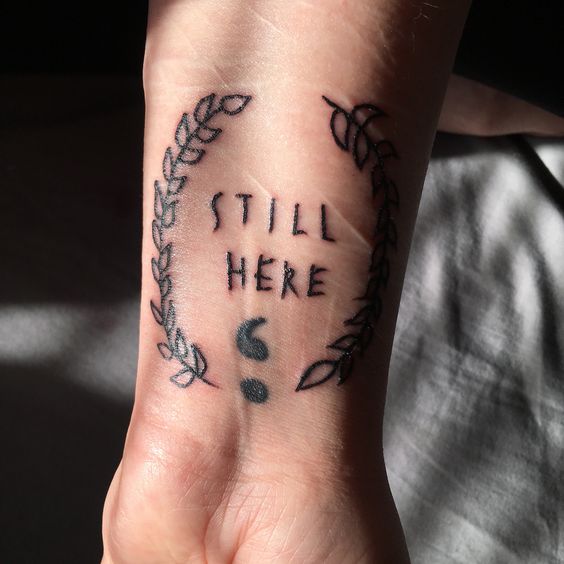
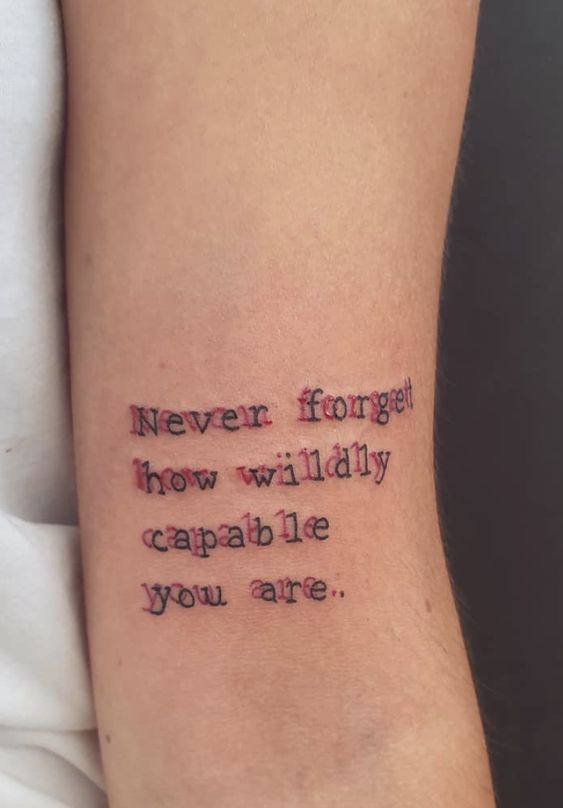
In the realm of tattoo artistry, lettering stands as a powerful and versatile medium for self-expression. From ancient traditions to modern innovations, tattoo lettering has evolved into a captivating form of visual storytelling. As individuals continue to seek unique ways to convey their thoughts and experiences, the art of lettering in tattoos remains a timeless and ever-evolving facet of the dynamic world of body art.
